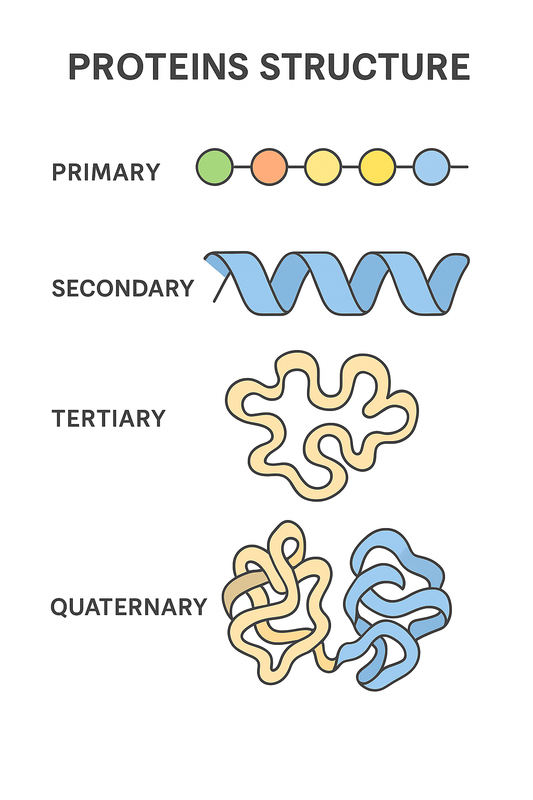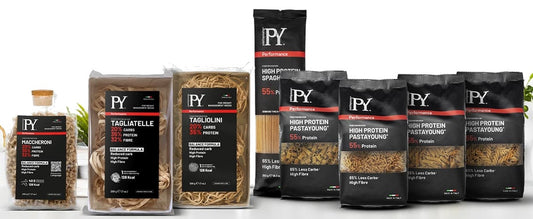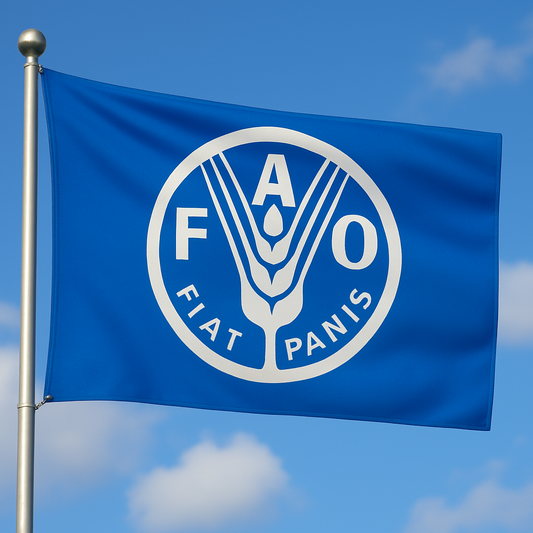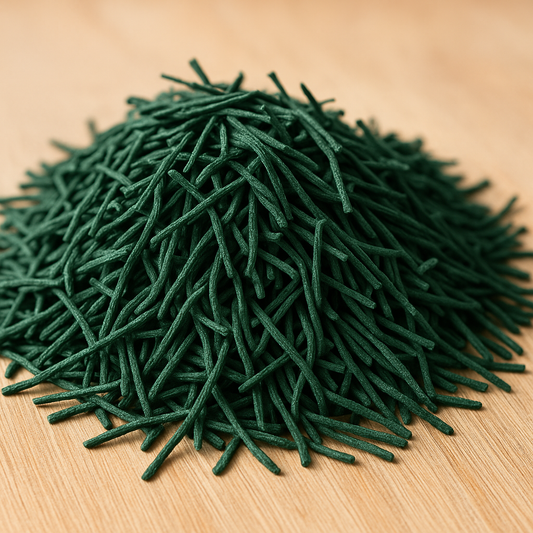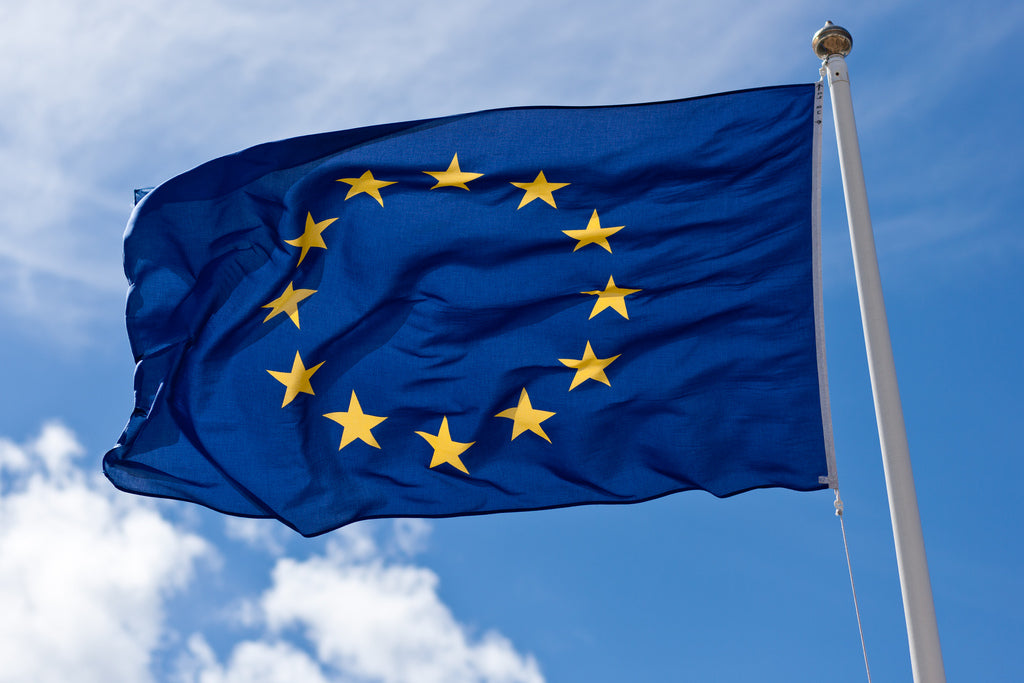
European Edible Insects
Share
European edible insects: varieties, regulations and use in cooking
In most European countries where the consumption of edible insects has taken hold, companies are tackling large-scale distribution: in Spain, France, Germany, and the United Kingdom, to name just a few, insect-based foods are populating the shelves of supermarkets and large food stores.
The objective is to make sure that these products are no longer for the exclusive use and consumption of a limited number of enthusiasts, but that they can make their way into the diets of an increasingly wide range of consumers. On the other hand, as we will see in the following paragraphs, the use of insects in European kitchens is no longer science fiction. These animals are appreciated both for their high protein value and for their relatively low-cost production and because they are considered highly sustainable foods. Moreover, they lend themselves to be used in many recipes.
But what are the European edible insects? And can they be found in Italy? We talk about it in today's article.
- Use of edible insects in Europe
Let's see in detail which are the different European countries that have already started the production and the trade of edible insects and which regulations govern this matter. The same regulation that also in Italy has come into force but that, in fact, has not yet allowed companies to move.
- European edible insects and regulations
In 2018 the European Union regulation governing the trade and consumption of novel foods (i.e., foods not widely distributed and consumed in Europe prior to 1997) came into force.
With the effective introduction of the Novel Food Regulations, it is possible to produce, sell and consume edible insects in the countries of the Union, also thanks to the strict regulations on safety, hygiene and labelling of products.
The arrival of an EU regulation was necessary because of the confusion surrounding the issue of edible insects. With the new law, innovative companies that decide to invest in the breeding and production of insects for food will be able to move freely, and yet in full compliance with the necessary authorizations.
In Italy, for example, a January 2018 note from the Ministry of Health clarified that, so far, there is no permission to use insects in cooking or even to put them on the market (which, however, is already the case in several EU countries). This is until Efsa, the European Food Health Authority, granted the necessary authorization.
The first permits are expected to arrive in the coming months. However, some companies have already begun to explore the market, driven by the desire to break into an area that seems to involve lower maintenance costs than other types of food production and at a much lower environmental impact.

- Most insect-eating countries in Europe
If Italy is still quite backward as far as the diffusion of edible insects is concerned, there are plenty of other European countries which have discovered their remarkable nutritional value, as well as their tasty contribution in cooking, quite some years ago.
Starting with Belgium, where in 2014 the agency in charge of food safety published the list of insects that can be traded. These include the cricket (Acheta domesticus), the silkworm and several varieties of larvae. However, production companies must wait for approval to proceed.
The Netherlands, which is one of the first countries to have implemented some real business models with a risk assessment on the use of edible insects, thanks to the study conducted by FAO and Wageningen University.
Denmark is also noteworthy, it is where the government has even allocated funds for companies in the sector, despite the absence of a specific regulation governing and authorizing the consumption of insects. Several innovative start-ups dealing with the production and trade of European edible insects are also to be found in Finland, where, however, in order to operate it is necessary to undergo the authorizations foreseen by the Union. The same happens in the United Kingdom, where producers can sell their insects and insect-based foods, but only after having demonstrated the safety of the products.
Germany and Austria, on the other hand, refer to the European regulation for the trade of portions of the insect, but not of the whole animal (which instead is considered a common food).
- What are the edible European insects?
Besides those we have already mentioned, here are some of the insects that could arrive in the future in the kitchens of Europeans. Starting with ants, a much sought-after dish in several South American countries, such as Mexico and Colombia, which appreciate both the "melliferous" variety, with a very sweet taste, as well as the Amazonian ones with a lemon flavor, and the "leaf cutters", very tasty and crunchy.
This is followed by centipedes and worms (such as Agave, Mopane and bamboo worms), which are usually fried or dried elsewhere.
Can't miss dragonflies and beetles, commonly consumed after frying or boiling, and wasps, excellent when roasted.
Finally, lovers of sweeter flavors will be able to enjoy many dishes made of silkworms, fly larvae and camas: the first ones are excellent if accompanied by cooked fruit, the second ones have a taste slightly similar to cocoa and, finally, the taste of camas reminds a lot the one of peanuts.
- European edible insect recipes
For us southern Europeans, particularly lovers of the Mediterranean gastronomic tradition, what do we appreciate more than a meal based on a good plate of pasta?
Just think that insects can marry very well even with what we have most typically in our kitchens: pasta.
On the 21bites website you will find many ideas that’ll get you in the kitchen and preparing your favorite first courses: from tortelli stuffed with potatoes and grasshoppers to risotto with crickets and chameleons and even fresh homemade fettuccine with insect flour.
Browsing through the recipes on the site you will realize just how insects are good on everything and not only on first courses: we recommend, in fact, to try the delicious and very Italian tiramisu with ladyfingers made with insect flour.
In the 21bites e-shop you will find many products including cookies, crackers, flour, snacks, and supplements with which to indulge and prepare every day healthy recipes that are original and tasty.

